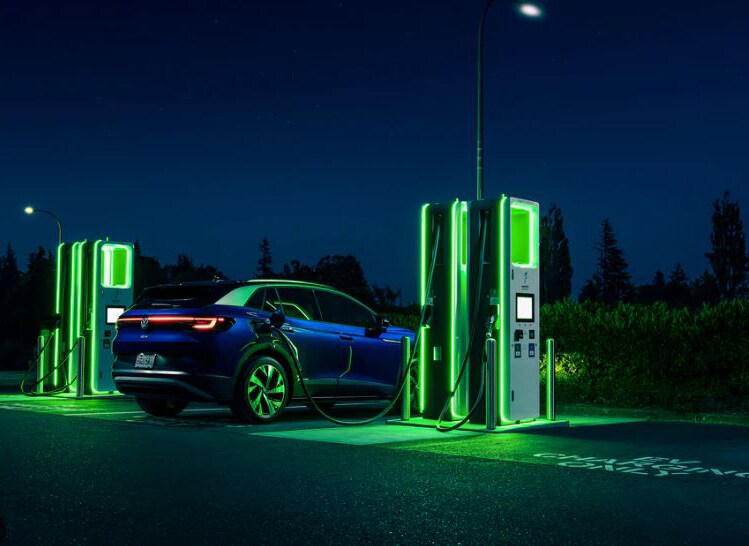Breaking down electric vehicle powertrains

Welcome EV fans! Its time. September is EV month at HendrickCars.com.
What does that mean? Everything. This month will be an opportunity to learn more about the electric vehicle experience. Topics such as overcoming range anxiety, the differences among EV platforms to what to look for prior to purchase, you will be equipped to make the best decisions for you and your family. If you are wondering about an EV, we have you covered!
We will also be placing a spotlight on a few electric vehicle models and our new HendrickCars.com educational landing page, located here.
HENDRICKCARS.COM I EV INVENTORY I FREQUENTLY ASKED QUESTIONS
Choice is King
According to Kelly Blue Book, nearly 5.8% of new vehicles sold in the United States were electric vehicles, up 3.2% from 2021. It is a number that exceeds 14 million vehicles with newer versions and wider variety launching on a monthly basis.
For the uninitiated, there are four primary versions that utilize electric powertrains:
Mild Hybrid (MHEV): The mild hybrid marries internal combustion engine (ICE) vehicles with electric motor efficiencies built in. Many have small electric motors that work in concert with the ICE and provide up to 20% more fuel efficiency. The regenerative braking technology captures kinetic energy, converting it into electric power and charging the battery.
Plug-In Hybrid (PHEV): If you are considering a fully electric vehicle, but are nervous about making the transition, this powertrain may be for you. Centered on a gasoline-powered engine, the plug hybrid has an electric motor that can travel up to 40 miles on a single charge. You have to plug these vehicles in, however the gas engine helps alleviate some of the range anxiety you may have.
Hybrid Electric (HV): Where the plug-in electrics have smaller electric motors in a more complementary role, the electric motor powers HVs. Regenerative braking slows these vehicles, while the battery depletes prior to the ICE providing power. The fuel efficiency is tremendous and dependency while the need for gasoline power is limited in certain driving environments.
Battery Electric Vehicle (BEV): Battery powered electric vehicles or fully electric vehicles have no internal combustion engine. Commonly referred to as EVs, these vehicles produce zero tailpipe emissions.
HENDRICKCARS.COM I EV INVENTORY I FREQUENTLY ASKED QUESTIONS
Stay tuned to HendrickCars.com throughout the month of September to obtain everything you need to know about purchasing your first -- or next -- electric vehicle.
 AdChoices
AdChoices